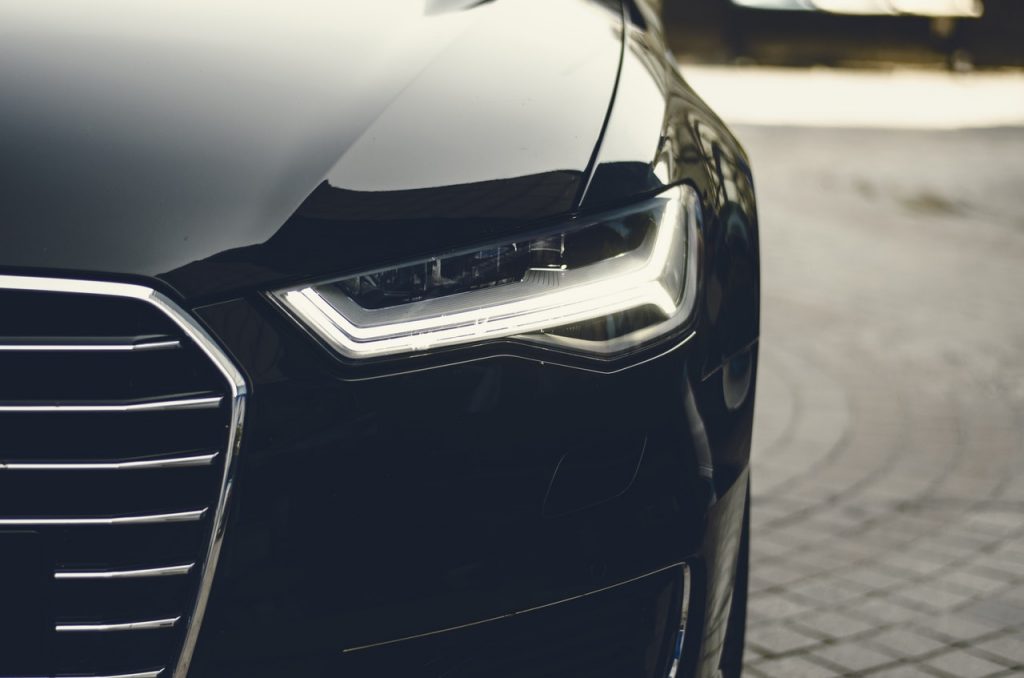The ongoing evolution of the modern car is arguably among the most exciting and most important developments in the technology world today. In reality, it is probably among the most important business and social stories we have seen in a while. If ever there was an industry ripe for disruption; and needing a technician overhaul, the automotive sector is it. The reason? Insufficient progress on advancing the firm’s automobiles ahead in the technology domain, especially with respect to electric vehicles, autonomous driving and new kinds of transport service-focused business models. As has been noticed by many, these three capacities; electrification, autonomy, and automobiles as a service are considered the key trends driving the automobile market now and into the future, at least as far as Wall Street is concerned. In fact, the picture is not nearly that easy, but it is apparent the tech-industry-driven initiatives are driving the agenda for today’s car makers. And it is pushing a number of them into uncomfortable positions. Advancements in technology means that adding steel bull bars won’t help in today’s growing society, we will all have to consider upgrading to multimedia.
 It turns out, however, that in spite of the importance of this crucial evolution of cars, this is one of the problems that is a lot more difficult to conquer than it first seems. Part of the problem is that as automobiles have advanced and various technologies are integrated into them, they have evolved into enormously complex machines. Rather than just adding slight changes to your car or the way it looks, for example by adding a nudge bar or some hot wheels, cars today will be adding a multimedia installation, or perhaps two. Today’s cars have as many as 150 programmable computing components (commonly called Electronic Control Units, or ECUs), surprisingly big (and heavy) quantities of wiring, numerous unique kinds of electronic signaling and interconnect buses, as well as 100 millions of lines of applications, as well as the thousands of mechanical components necessary to run a vehicle. Frankly, it is somewhat of a miracle that modern cars run and they do, although reports of technical glitches and other problems in newer cars do appear to be on the upswing.
It turns out, however, that in spite of the importance of this crucial evolution of cars, this is one of the problems that is a lot more difficult to conquer than it first seems. Part of the problem is that as automobiles have advanced and various technologies are integrated into them, they have evolved into enormously complex machines. Rather than just adding slight changes to your car or the way it looks, for example by adding a nudge bar or some hot wheels, cars today will be adding a multimedia installation, or perhaps two. Today’s cars have as many as 150 programmable computing components (commonly called Electronic Control Units, or ECUs), surprisingly big (and heavy) quantities of wiring, numerous unique kinds of electronic signaling and interconnect buses, as well as 100 millions of lines of applications, as well as the thousands of mechanical components necessary to run a vehicle. Frankly, it is somewhat of a miracle that modern cars run and they do, although reports of technical glitches and other problems in newer cars do appear to be on the upswing.
Besides the mechanical and computer architecture benefits of the cars themselves, the organizational and business model sophistication of today’s car companies and the entire auto supply chain also add to the problem. Having evolved over the more than 100-year history of the automotive sector, the system of multiple Tier 1 providers, such as Harman, Delphi, Bosch and many others, purchasing components from Tier 2 and Tier 3 suppliers down the chain and auto brand OEMs (including Ford) piecing together multiple subsystems from various mixtures of Tier 1s to construct their cars is notoriously intricate. But throw in the fact that there are often groups within the car maker that are especially responsible for a particular ECU (for example, say, heating, air conditioning and other “comfort” controls) and whose jobs might be at risk if someone suggests that the company switch to a simpler structure.
 If ever there was an industry ripe for disruption, and needing a technician overhaul; the automotive sector is it. That is why many conventional car makers are involved, and why many tech companies are salivating at an opportunity to have a piece of the multi-trillion-dollar international automotive sector. The technological and business model for autos is slowly but surely moving towards a software-and-services-focused strategy. It is also why companies like Tesla have made such a splash. Despite its very small sales, it is regarded as a credible effort to drive the sort of organizational and technological disruption that lots of individuals believe is required to transform the automotive sector. In truth, though, due to the inherent and ingrained nature of the automobile supply chain, even Tesla must follow a number of the conventions of numerous Tier 1 providers, etc., that its rivals use. The issue is that deeply embedded.
If ever there was an industry ripe for disruption, and needing a technician overhaul; the automotive sector is it. That is why many conventional car makers are involved, and why many tech companies are salivating at an opportunity to have a piece of the multi-trillion-dollar international automotive sector. The technological and business model for autos is slowly but surely moving towards a software-and-services-focused strategy. It is also why companies like Tesla have made such a splash. Despite its very small sales, it is regarded as a credible effort to drive the sort of organizational and technological disruption that lots of individuals believe is required to transform the automotive sector. In truth, though, due to the inherent and ingrained nature of the automobile supply chain, even Tesla must follow a number of the conventions of numerous Tier 1 providers, etc., that its rivals use. The issue is that deeply embedded.
But even as those issues get addressed, they are really only a prelude to yet more innovations and opportunities for disruption. Like many contemporary computing devices — and, to be clear, that is what today’s automobiles have become — the technological and business model for autos is slowly but surely moving toward a software-and-services-focused strategy. To put it differently, we are moving toward the software-defined “digital vehicle.” For that to occur, several key challenges require to be addressed. Most of all, major enhancements in automotive safety; both through architectural alterations and software-driven advances need to happen. The capacity for life threatening problems if either autonomous or standard automobiles get hacked should make this point painfully obvious. Connectivity options, speed and reliability additionally have to be improved, and that is where industry-wide attempts like 5G and particular goods from vendors like Qualcomm and Intel can make a difference.
Ultimately, prestige car companies and critical providers need to work out the types of services that customers will be prepared to pay for and deliver platforms and architectures that may enable them. Like many other kinds of hardware devices, profit margins on automobiles are not so big, and with the increasing amount of technology they are going to need, they might even begin to shrink. Because of this, car businesses will need to think through various means of generating income.
Luckily, a number of technology startups and established sellers, such as Harman, are focusing on creating cloud-based platform delivery systems for automotive services which are anticipated to begin bringing these capabilities to life during the next several decades. Like any major transition, the move to a digital vehicle model will not be easy, fast, or bump-free, but it is certain to be an interesting ride.


